中国疾控中心监测结果显示,全国流感病毒阳性率快速上升,当前流感病毒99%以上为甲型H1N1流感亚型。
发热、寒战、咳嗽、咽痛、头痛、全身肌肉酸痛、乏力……感染了甲流会有什么症状?甲流和普通感冒有什么区别?感染甲流后什么情况要就医?
Major cities across China are entering the peak flu season. With respiratory infections on the rise, health authorities are urging the public to take precautions. Experts have said vaccinations can be a good solution to confront the current surge of flu cases and cope with a higher risk of infection during the upcoming Spring Festival travel rush.
In Guangdong, upcoming weak cold fronts will bring chilly mornings and evenings, with significant daily temperature fluctuations, increasing flu risks across the province from north to south. Residents are strongly encouraged to get vaccinated against the flu and take proper precautions. Here's what you need to know about influenza A, its symptoms, and how to protect yourself.
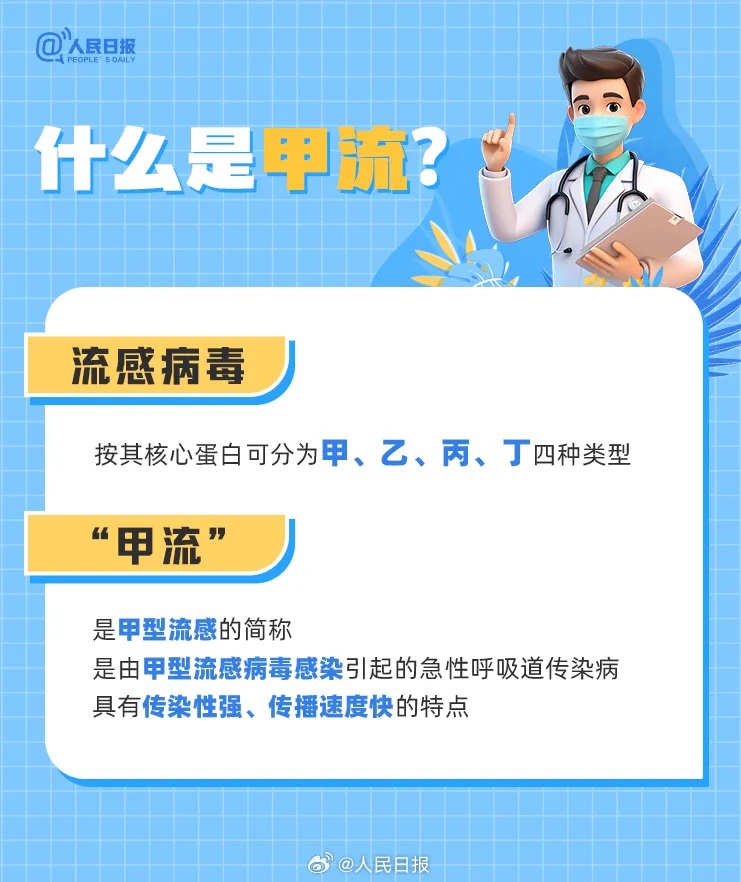
What is influenza A?
The China CDC states that influenza viruses are divided into four types: A, B, C, and D. Influenza A is an acute respiratory infectious disease caused by the type A virus. People are generally susceptible to the virus, which is highly contagious. Compared with influenza B, the influenza A virus has many hosts in nature and is more prone to mutation. Many large-scale outbreaks of influenza (flu) in history are related to influenza A.
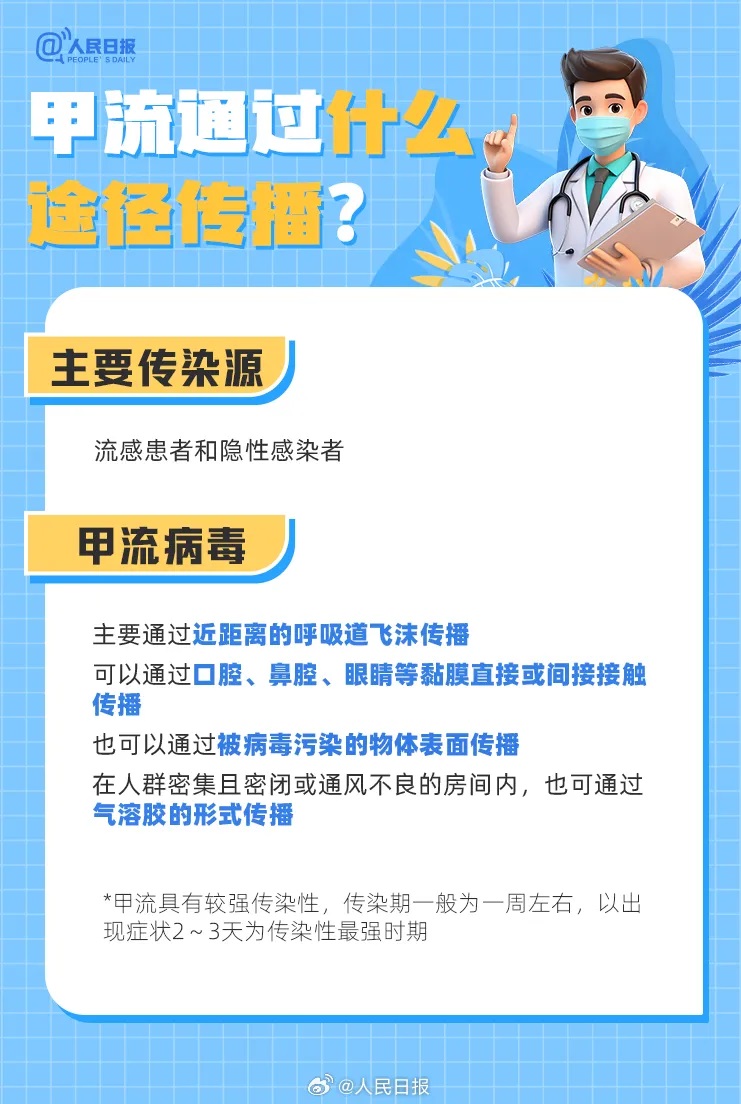
Symptoms of influenza A
According to the China CDC, influenza A often causes symptoms more severe than the common cold. The infected are likely to experience a high fever — with body temperatures reaching 39°C or higher, or chills and shivering. They may also experience muscle aches, fatigue, and a loss of appetite.
Although the symptoms may feel more severe compared to other respiratory infections, the flu is a self-limiting disease, and most individuals with normal immune function can recover on their own within five to seven days.
However, severe flu cases may have serious associated complications, such as viral pneumonia, secondary bacterial pneumonia, acute respiratory distress syndrome, shock, and cardiovascular and nervous system conditions, and may even result in death.
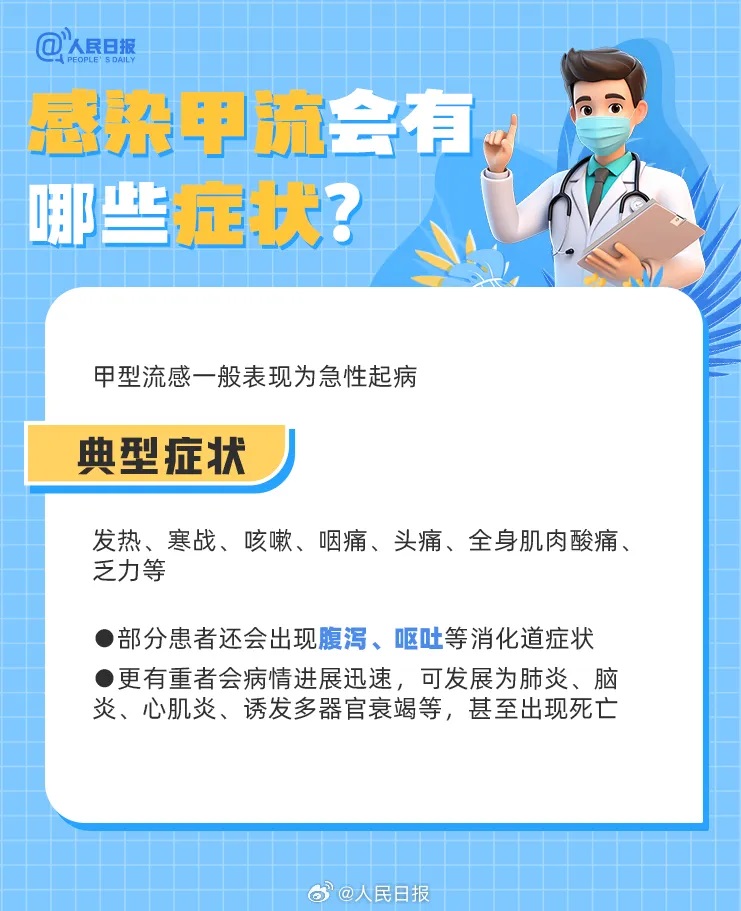
Can Oseltamivir be used without a prescription?
Oseltamivir, often referred to as a "flu cure," is an antiviral medication effective against influenza A and B.
Experts emphasize that Oseltamivir is ineffective against other types of common cold viruses. It should only be used after a confirmed flu diagnosis. Oseltamivir comes in various forms, including capsules, granules, and suspensions, to cater to different age groups. As a prescription drug, it should not be self-administered. Always consult a doctor for proper use.
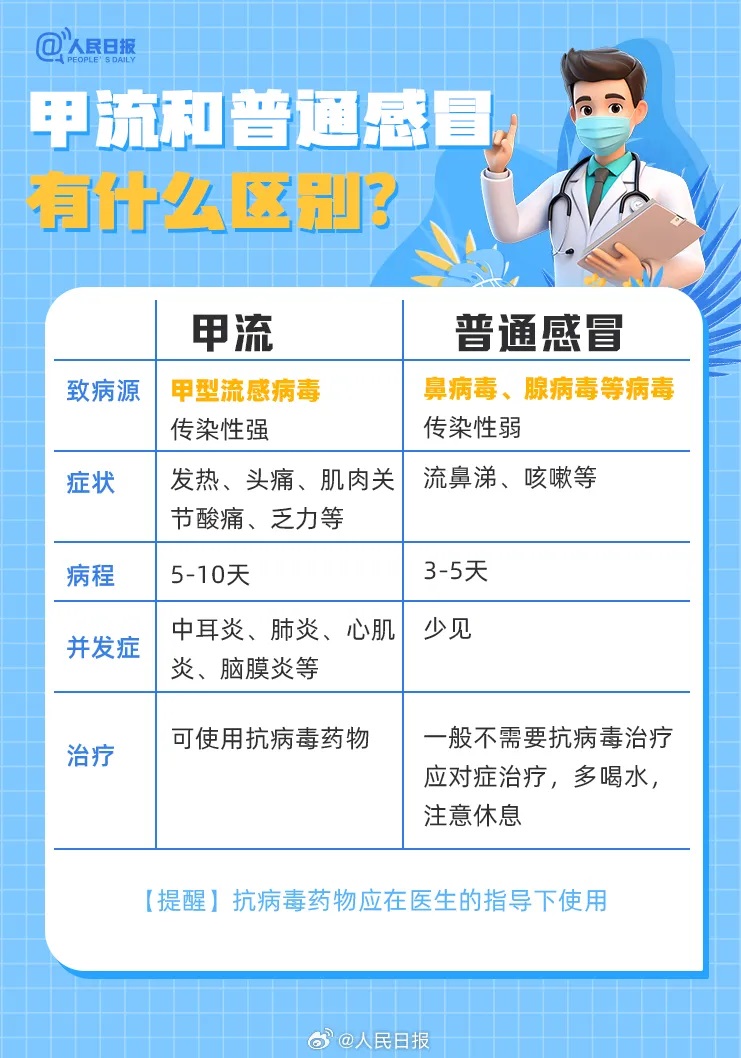
What to do if a family member has the flu?
1. Encourage rest and isolation: Have the patient stay home and rest in a separate, well-ventilated room to minimize contact with others.
2. Practise good hygiene: Cover coughs and sneezes with tissues or towels.
3. Monitor symptoms: Watch for severe symptoms like persistent high fever, difficulty breathing, confusion, or severe vomiting and diarrhea. Seek medical attention immediately if these occur.
4. Assign a single caregiver: A healthy family member (not in a high-risk group) should care for the patient and wear a mask during close contact.
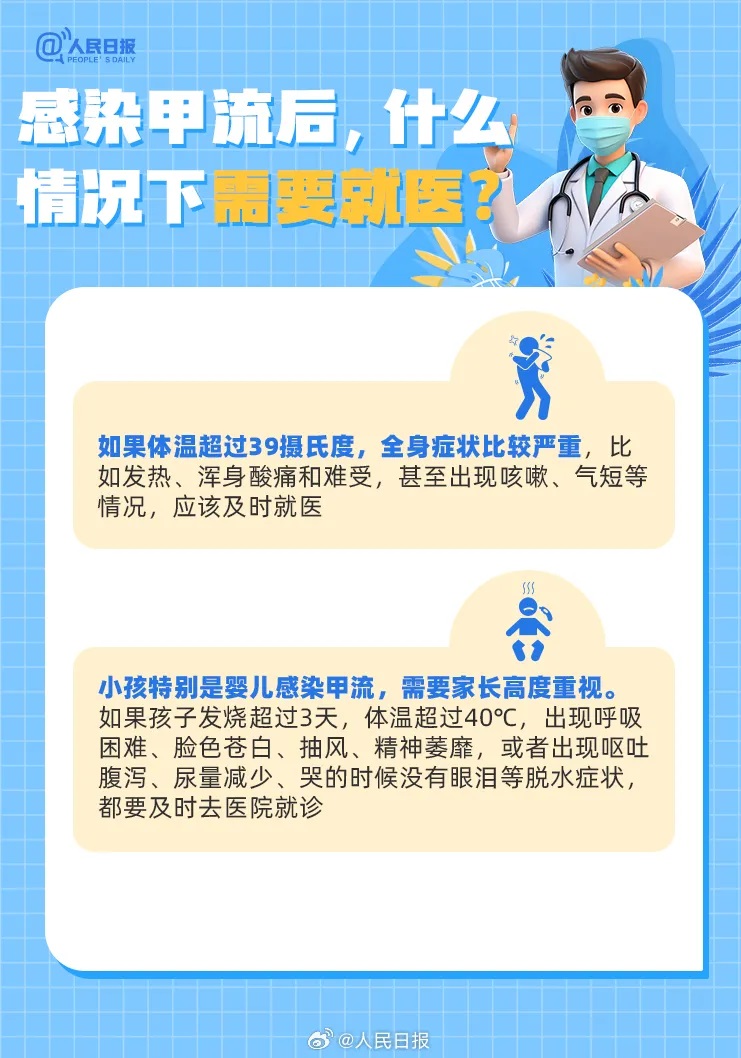
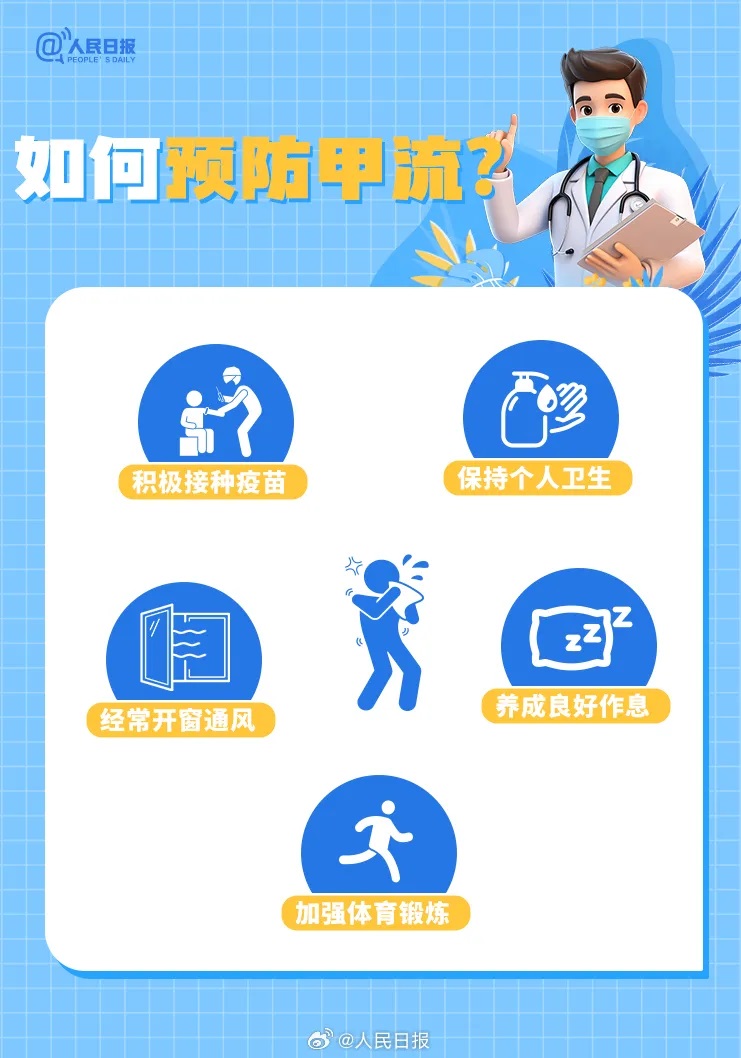
Key prevention measures
Vaccination:
The best time for vaccination is before the flu season. Receive influenza vaccines to reduce the possibility of catching the flu and developing severe and critical conditions. Pregnant women, the elderly, patients with chronic diseases, children, and other high-risk groups should get vaccinated as soon as possible.
Daily protective habits:
1. Practise regular handwashing and respiratory hygiene, such as covering your mouth and nose when coughing or sneezing.
2. Avoid crowded places during flu season and stay away from individuals with respiratory symptoms.
3. Clean and disinfect frequently touched surfaces like door handles and railings.
4. Wear a mask when going out, especially in crowded areas.
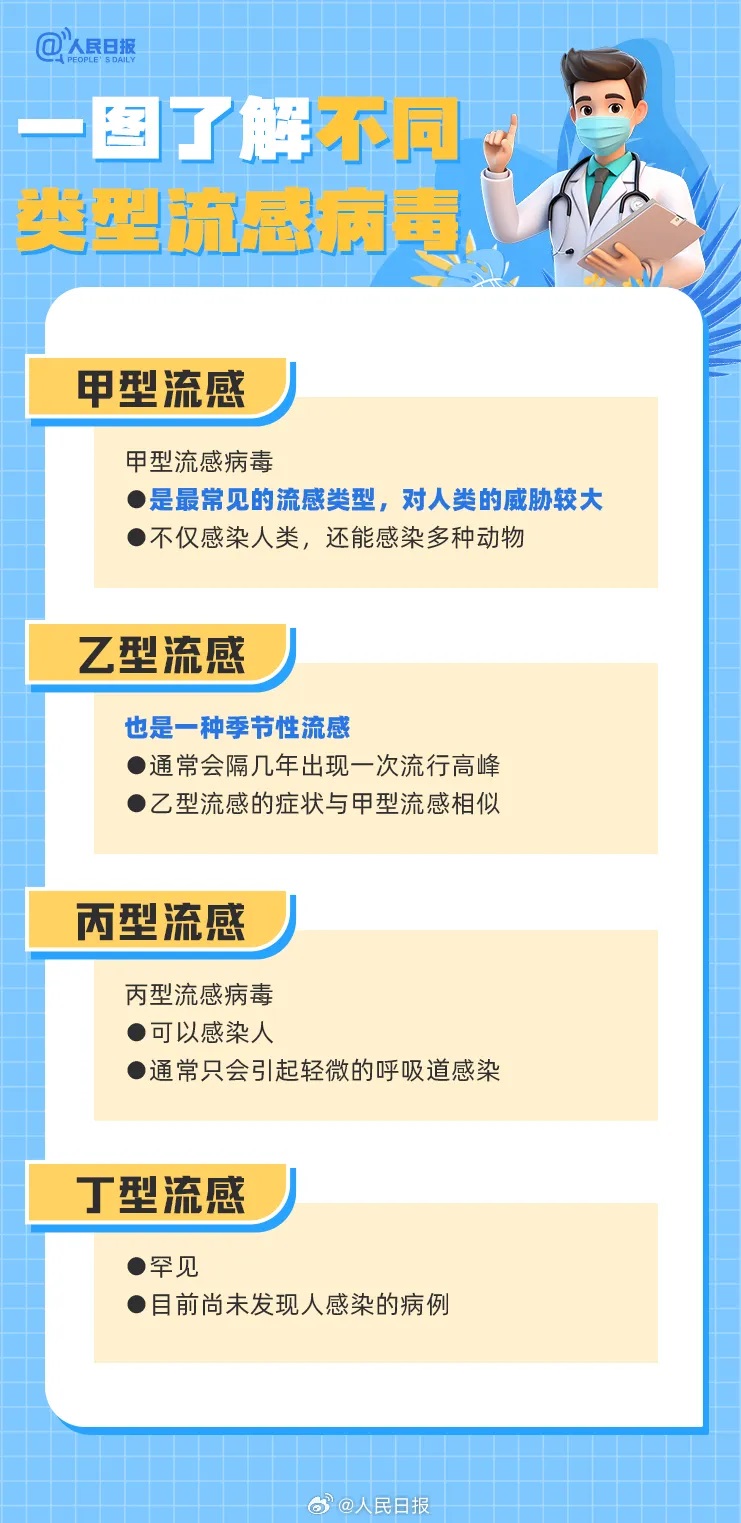
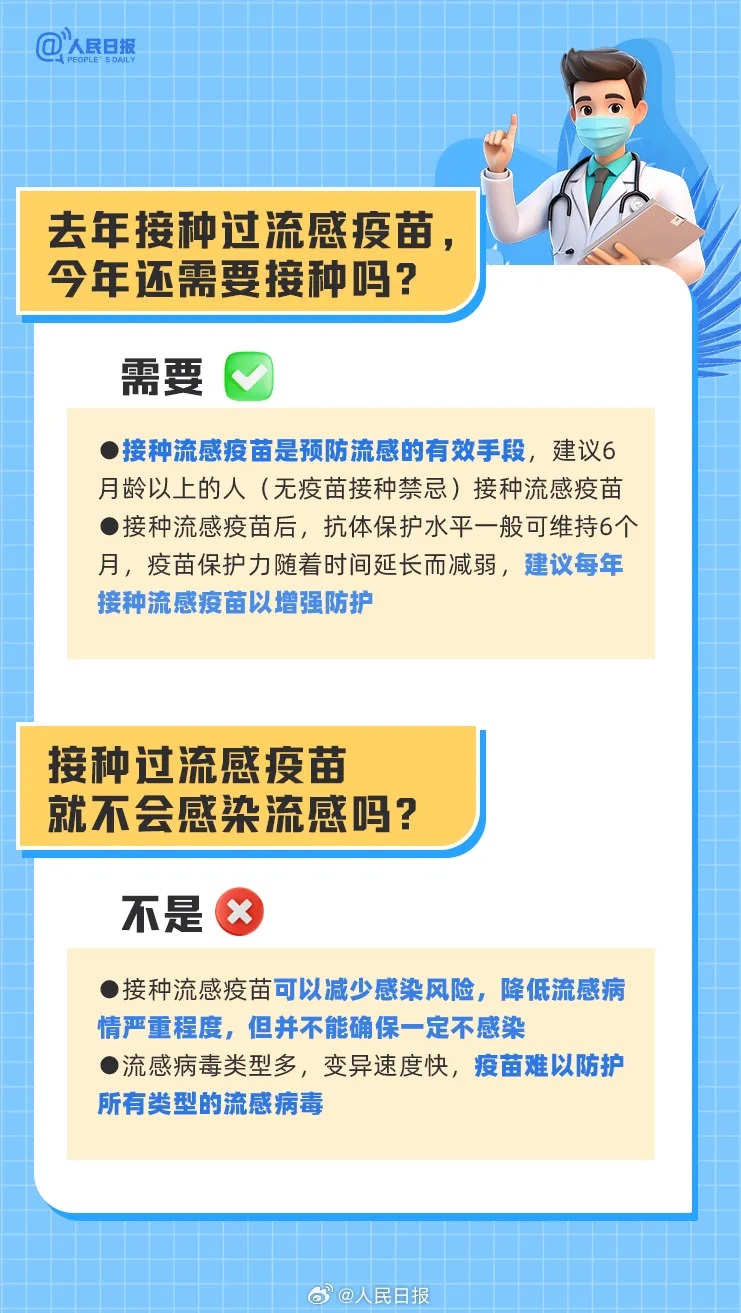
 >
通知公告
>
正文
>
通知公告
>
正文